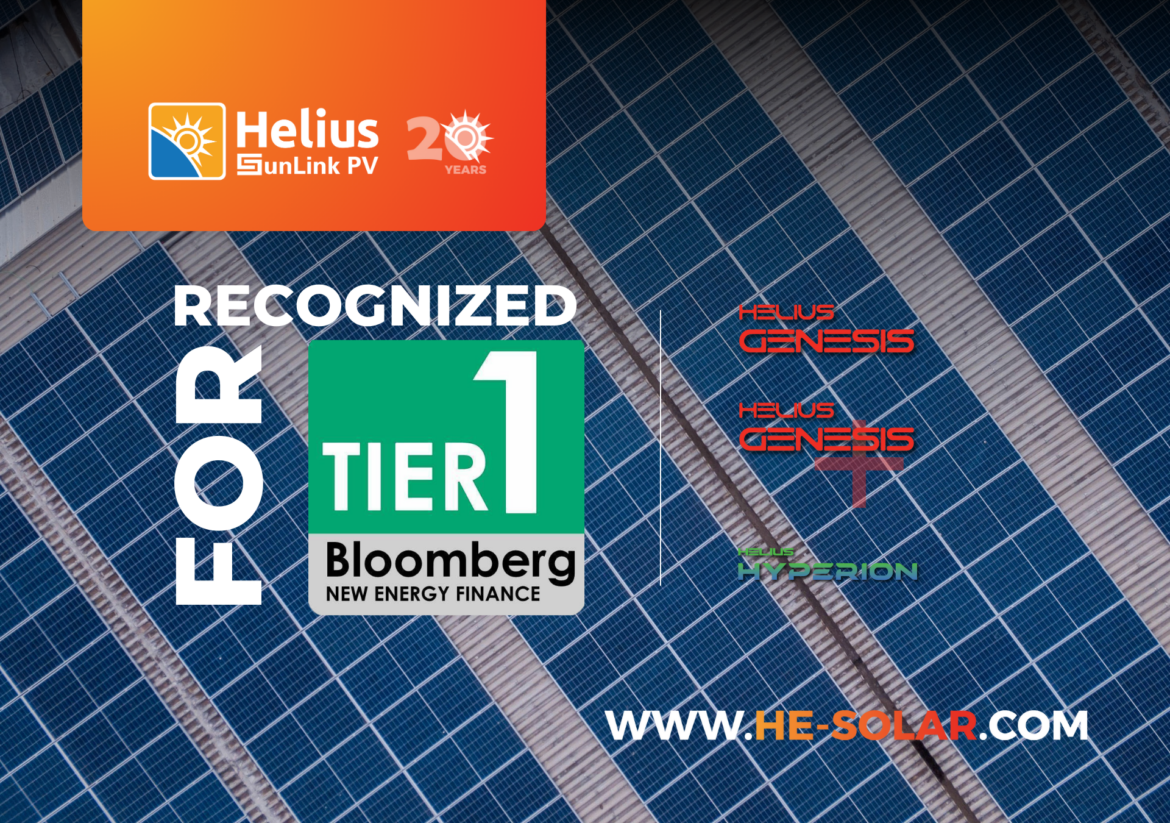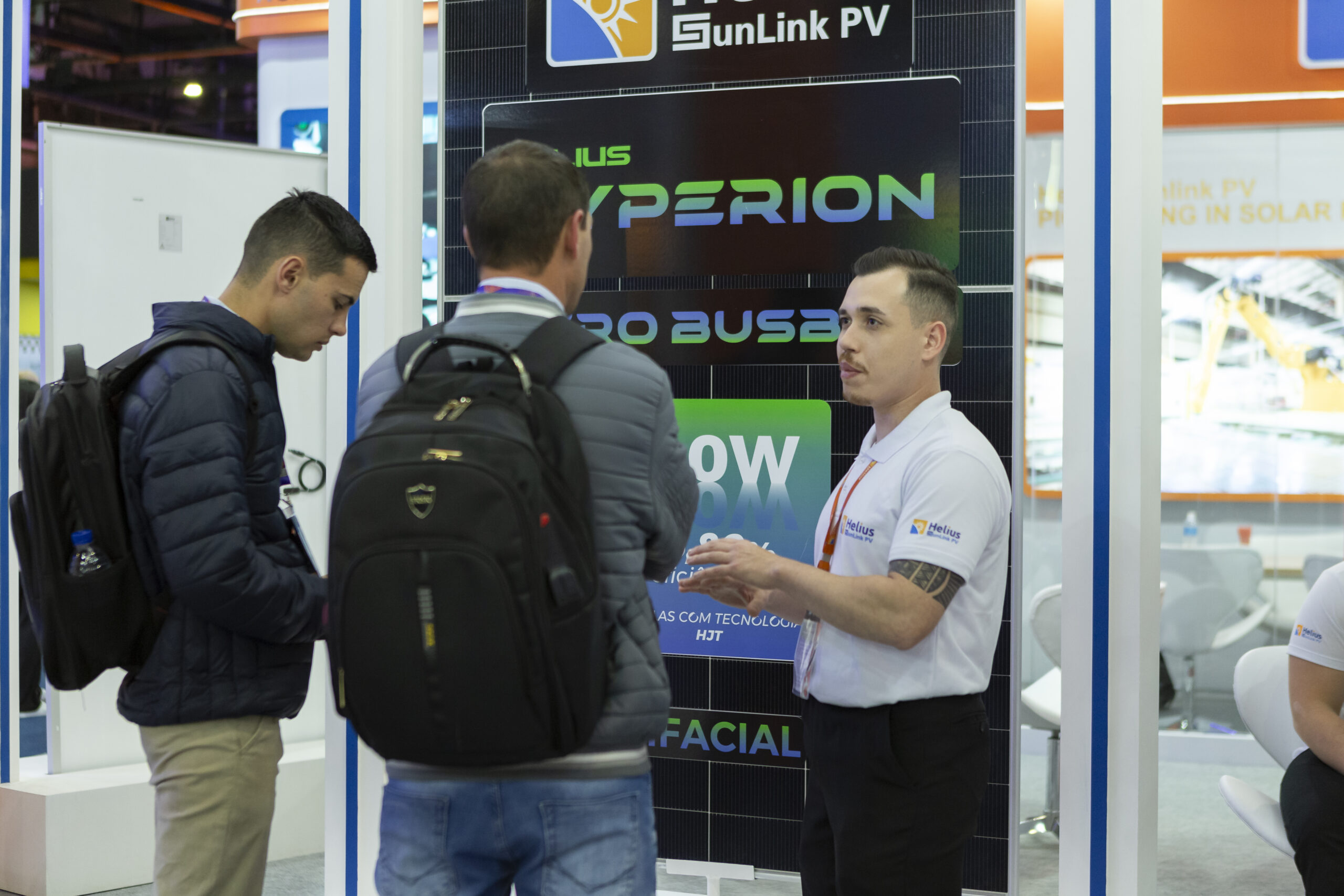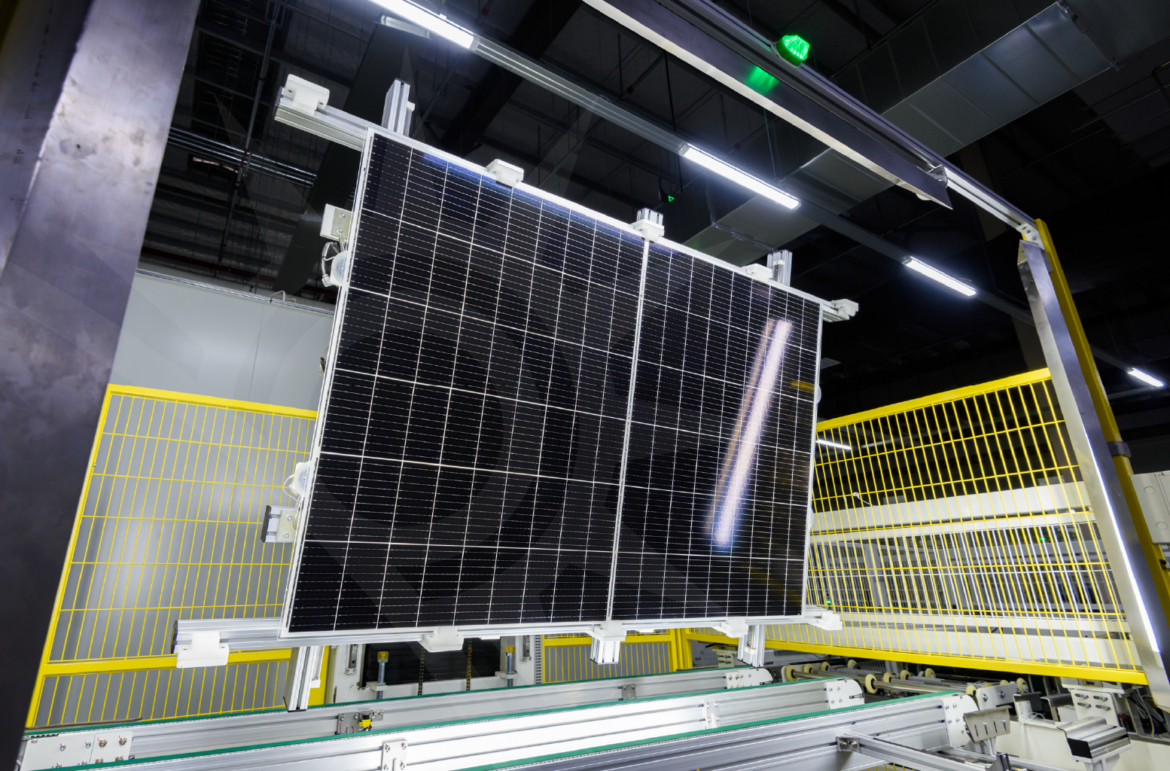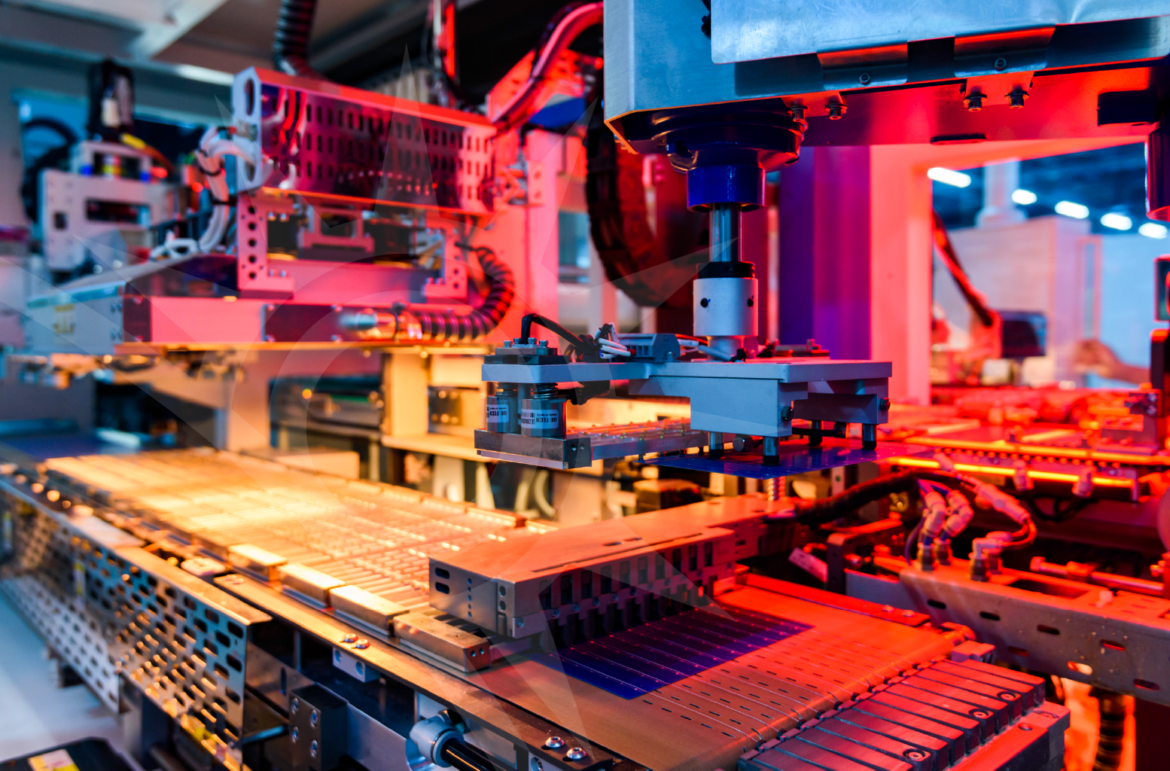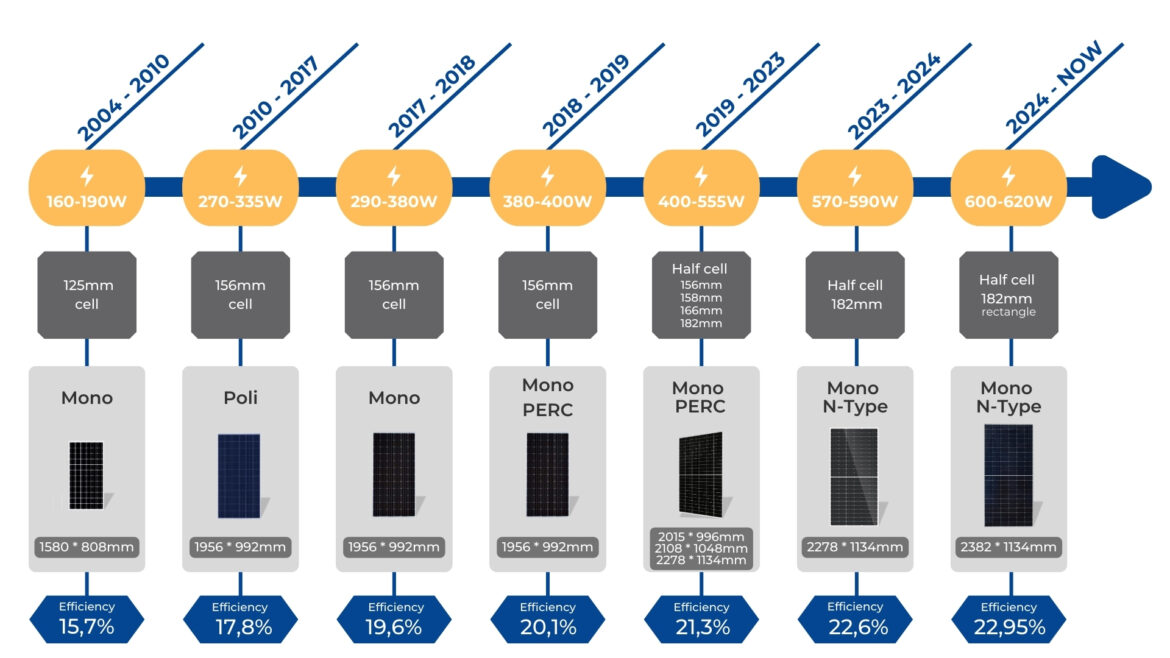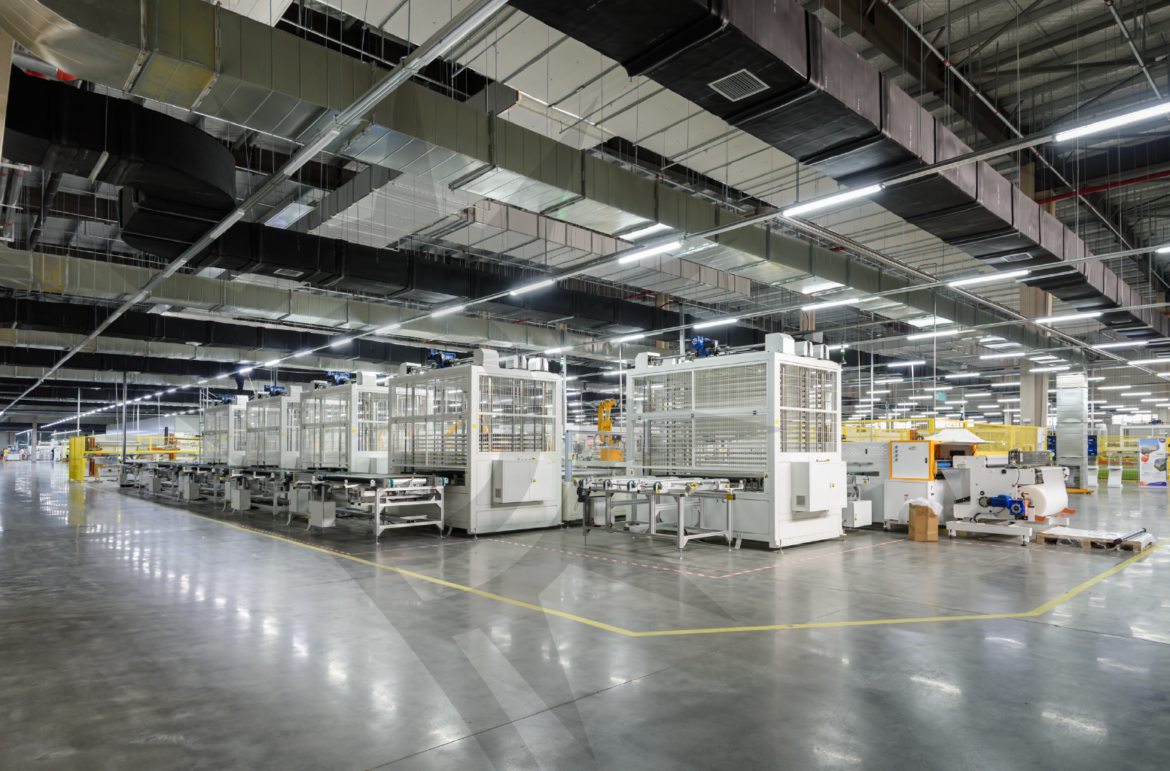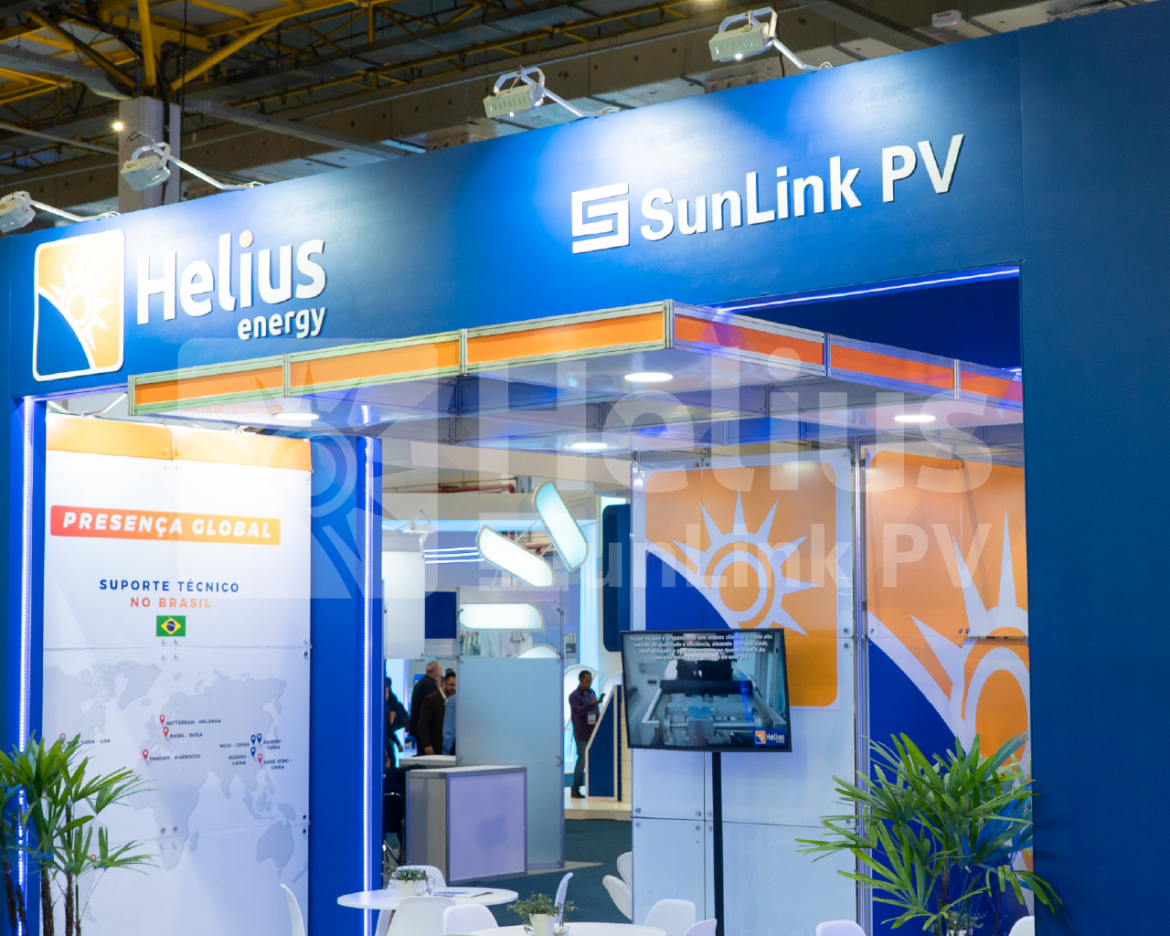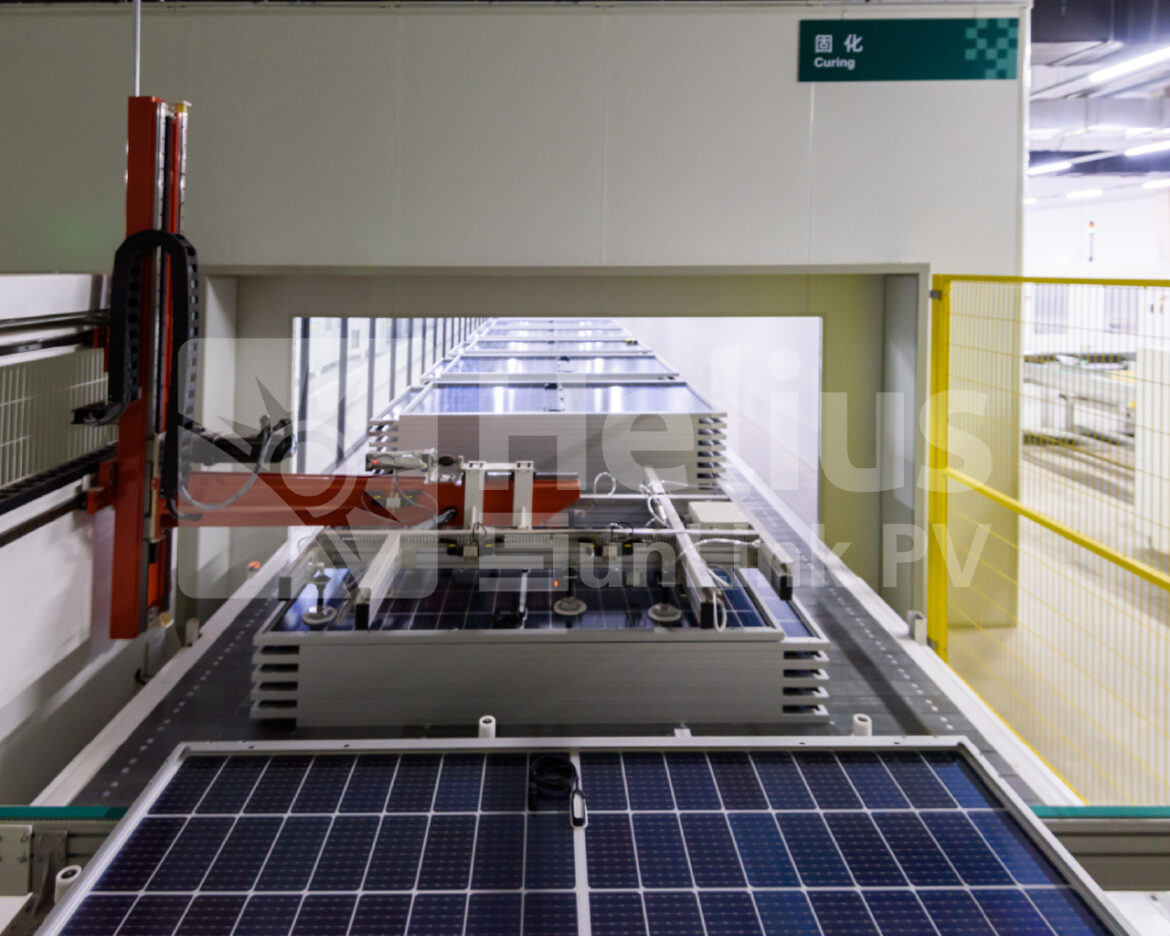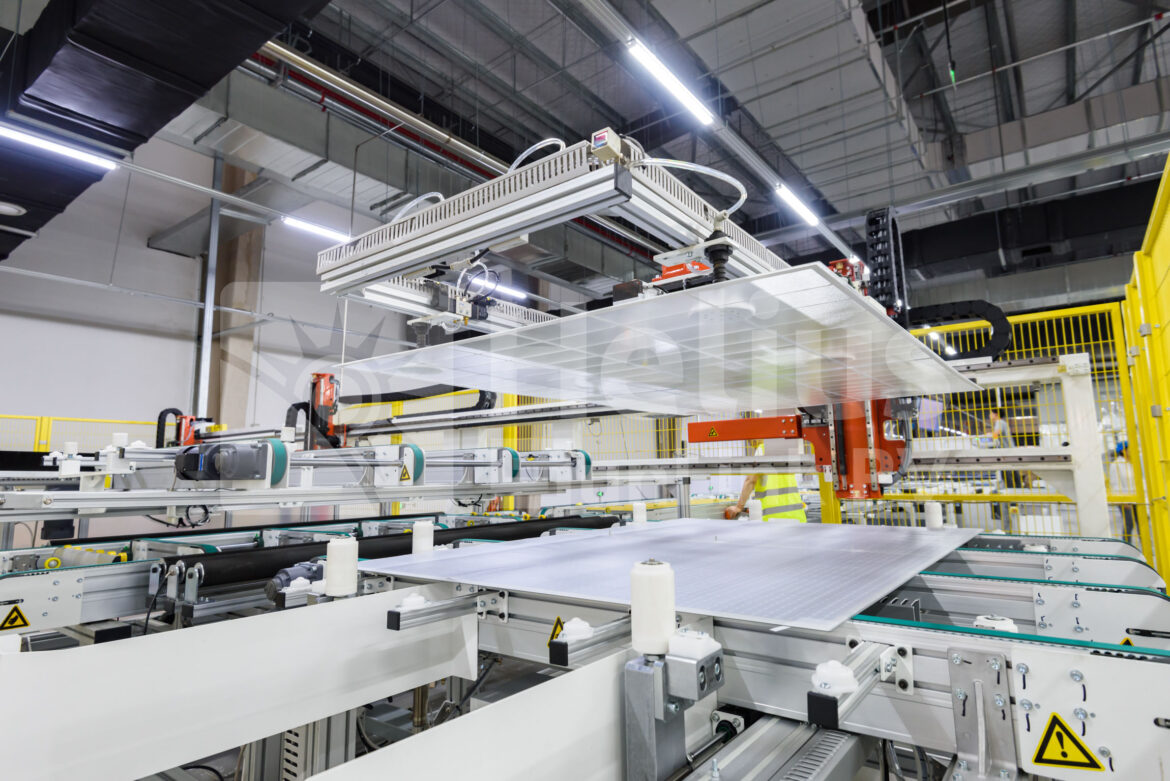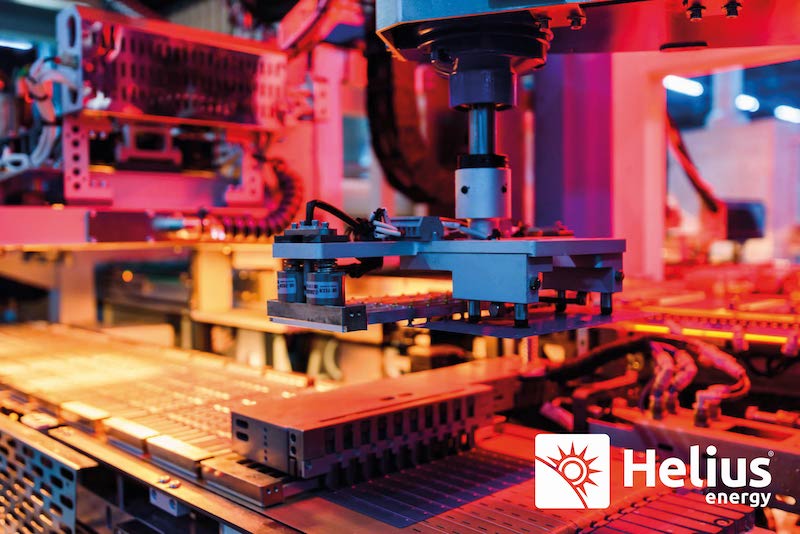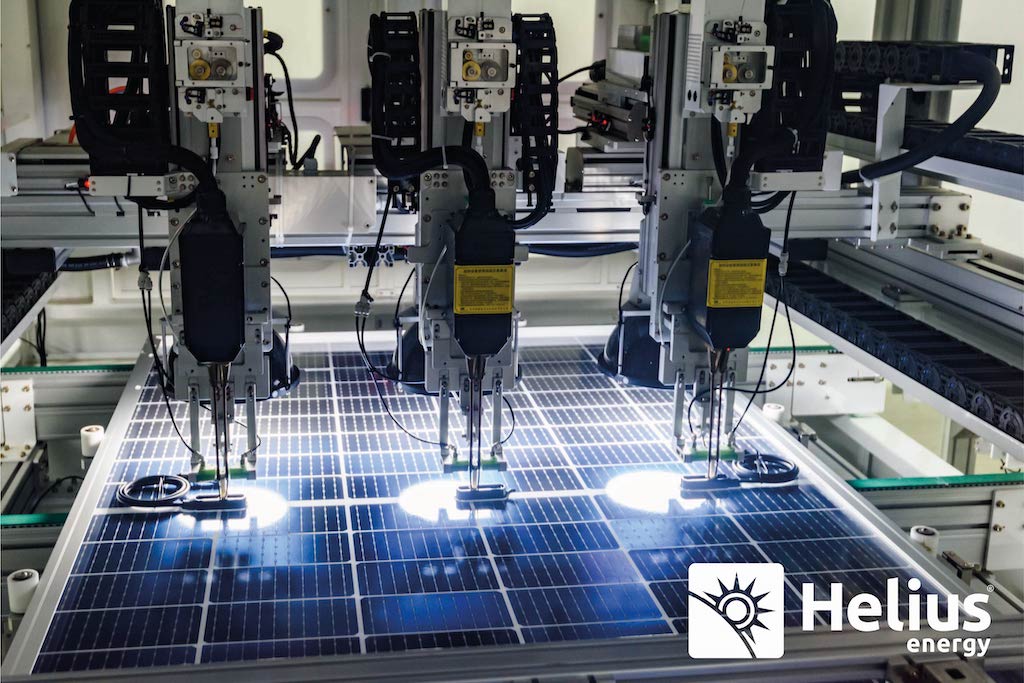HELIUS SUNLINK PV IS TIER 1!
quinta-feira, 06 março 2025
Helius Sunlink PV, a pioneering manufacturer of photovoltaic modules, is on BloombergNEF’s Tier 1 ranking of 2025 Q1. This milestone reaffirms the company’s commitment to establishing itself as one of the leading solar panel manufacturers in the global market. “Being included in BloombergNEF’s Tier 1 ranking is a recognition of the work we have been
- Published in Blog Helius Sunlink PV, Helius University
NEW PRODUCT RELEASE: HJT TECHNOLOGY SERVING ENERGY GENERATION WORLDWIDE
quinta-feira, 23 janeiro 2025
With a growing presence in the global market, especially in Europe and China, HJT (Heterojunction Technology) represents the cutting edge of bifacial technology. With an extremely stable temperature coefficient (-0.24%/°C), Helius brings the HELIUS Hyperion 700W module to the global market, with a lower degradation rate, and maintains energy generation close to 88.27%, even after
- Published in Blog Helius Sunlink PV, Helius University
Photovoltaic Modules: Is It All the Same?
quarta-feira, 18 dezembro 2024
Learn about some key features to consider when choosing and purchasing a photovoltaic module. With the fast growth of solar energy in Brazil, the photovoltaic module market has expanded, bringing a wide variety of products to the country. Each product comes with its own specificities in terms of technology, manufacturing processes, or raw materials. In
- Published in Blog Helius Sunlink PV, Helius University
Internal Cell Production: Quality Control Strategy at Helius Sunlink PV
segunda-feira, 18 novembro 2024
Helius Sunlink PV, a manufacturer founded on the pillars of responsibility, quality, and transparency, has increasingly gained recognition in photovoltaic module production. Since the foundation in 2004, the company has been producing the cells used in its modules in-house. On this topic, the company’s Country Manager, Eduard Krummenauer, states that “complete control over the production
- Published in Blog Helius Sunlink PV, Helius University
HELIUS 20 YEARS: A Journey Through the Evolution of Photovoltaic Modules
quarta-feira, 30 outubro 2024
Evolution of Photovoltaic: In August 2024, Helius Sunlink PV, a pioneer in solar panel manufacturing, celebrated 20 years of history supplying photovoltaic modules to the global market.Since its foundation in 2004, the company has focused on developing high-efficiency, high-quality products, continuously researching and improving technologies that have progressively increased the power and efficiency of its
- Published in Blog Helius Sunlink PV, Helius University
Three Trends for the Solar Energy Market in 2025
terça-feira, 08 outubro 2024
Solar energy has been gaining space in Brazil’s energy matrix, contributing to a global trend, that predicts solar energy will become the world’s largest energy source by 2027. According to data released by the Brazilian Solar Photovoltaic Energy Association, by the end of 2024, Brazil is expected to rank 8th globally in terms of installed
- Published in Blog Helius Sunlink PV, Helius University
Helius Sunlink PV is bringing teams from Brazil and China to launch Photovoltaic Modules at Intersolar South America in August
quarta-feira, 03 julho 2024
With factories and offices spread across more than nine countries around the world and solutions available in over 100, Helius Sunlink PV brings to Brazil the innovations in the sector directly from its internal R&D and from the Snec and Intersolar Europe events. Recently, Helius Sunlink PV released the Zero Busbar technology in Brazil, and
- Published in Blog Helius Sunlink PV, Helius University
Ensuring Quality and Safety in Photovoltaic Modules: A Comprehensive Perspective
terça-feira, 11 junho 2024
The exponential growth of the solar energy industry has made the search for reliable and high-quality photovoltaic modules a necessity, to ensure the safety of photovoltaic systems. It is a fact that the market has faced challenges related to the sales of low-quality modules or even those whose reported characteristics, such as power, are not
- Published in Helius University
Helius Brings Zero Busbar Technology to the Global Market
quarta-feira, 22 maio 2024
Continuing its expansion in the Global solar energy market, photovoltaic module manufacturer Helius Sunlink PV has announced the launch of the HELIUS Genesis 615W ZBB panels with zero busbar technology. According to the manufacturer, market demands has guided the R&D (Research and Development) team in developing new products that meet local needs and launching new
- Published in Blog Helius Sunlink PV, Helius University
TOPCon vs PERC
terça-feira, 10 janeiro 2023
TOPCon solar cells are on their way to fully compete with PERC solar products, according to recent research from Germany’s Fraunhofer ISE. Efficiency gains for the TOPCon concept, however, are necessary to help it capture more market share, as production costs remain higher than those for PERC tech. A series of cost-driven strategies to make
- Published in Helius University, Solar, World News
New Method Addresses Problem With Perovskite Solar Cells
segunda-feira, 02 janeiro 2023
A new approach to manufacturing perovskite solar cells has addressed previous problems and yielded devices with high efficiency and excellent stability, researchers at the National Renewable Energy Laboratory (NREL) report in the new issue of the journal Science. Developing highly stable and efficient perovskites based on a rich mixture of bromine and iodine is considered critical
- Published in Helius University

